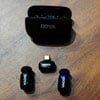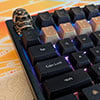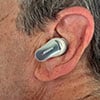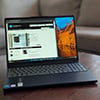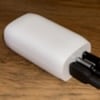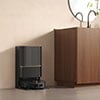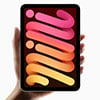Every year, TCL tries to outdo itself with its flagship TV series, and the 2025 QM8K lineup shows just how serious it is about staying competitive in the high-end space. I’ve been following TCL’s push into premium Mini-LED for several years now, and while last year’s QM8 series already delivered impressive brightness and black level control, the new QM8K makes two key hardware upgrades that should make a visible difference.
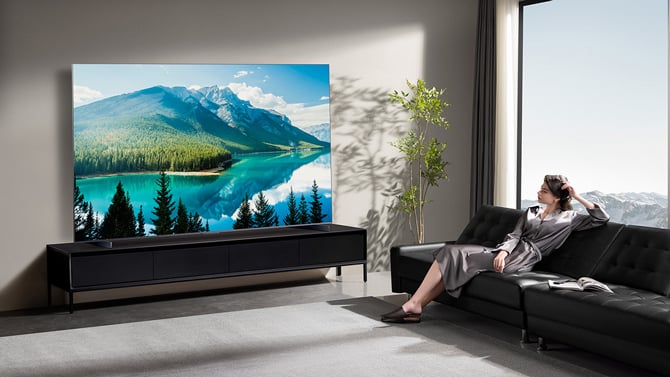
The first is TCL’s move to a 23-bit backlight controller, up from 16-bit, which is still the norm for most brands. If you’re not fluent in panel tech, that means TCL can now control over 65,000 levels of brightness behind each pixel. That’s huge for fine-tuning things like specular highlights, the intense flashes of light you get from fireworks or sunlight glinting off water.
The second major upgrade is in how that light is delivered. TCL’s revamped lens system uses a Super Condensed Micro Lens that narrows the path of light as it travels from the Mini-LED backlight to the LCD panel. This tighter beam control helps prevent the light from bleeding into adjacent zones, a phenomenon known as blooming. But that’s only part of the story. TCL also shortened the optical distance (called Micro OD) between the light source and diffuser plate. By reducing this distance, the light beam hits its intended target with more precision, which sharpens contrast boundaries and eliminates the halo effect that can muddy bright and dark image transitions.
Read more: Alternatives to Samsung's The Frame TV Have Finally Arrived
This improved lens system is one piece of what TCL calls the “Halo Control System,” which combines the lens, the 23-bit controller, a high-contrast HVA panel, and AI-powered processing to deliver more lifelike highlights, punchier contrast, and better rendering of HDR and even SDR content.
Equally striking is TCL’s new ZeroBorder design. Traditional LCD TVs include not only a physical bezel around the screen but also a “black matrix” border, an inactive area around the edge of the panel that doesn’t produce any image. TCL’s new approach shrinks both elements down to the bare minimum. Thanks to new panel materials and engineering, including a custom aluminum alloy frame and fine-edge LCD circuitry, the combined width of the bezel and border is reduced to just 3 to 4 millimeters. That gives the QM8K a nearly edge-to-edge look that’s more in line with what you’d expect from a premium smartphone than a living room TV.
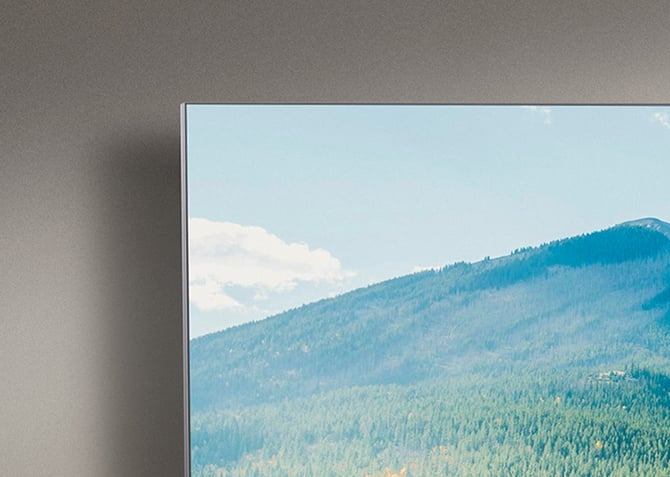
Beyond that, TCL is addressing a weakness of last year’s QM851G model: off-angle viewing. The QM8K’s new CrystGlow WHVA panel expands the viewing angle by 40%. That means colors stay accurate and contrast remains punchy even if you’re watching from the side of the couch, not just dead center.
Read more: Upgrade to a Wall-Sized TV Without Going Broke
The TCL QM8K Precise Dimming Series QD-LED TVs will come in four sizes: 65, 75, 85, and 98 inches, with prices starting at $2,299.99. It ships with Google TV, a new AI Art Mode, and premium sound from Bang & Olufsen, including up-firing Atmos drivers. The 85-inch version, at $3,799.99 MSRP, is likely to hit the sweet spot for home theater upgrades this year, especially given TCL’s ongoing strategy to undercut similarly specced models from Samsung and Sony.
[Image credit: TCL]

